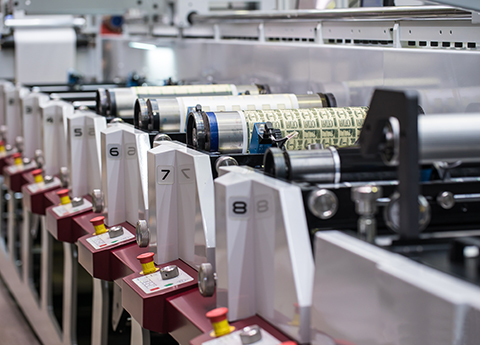When it comes to book production, one of the most critical yet often overlooked aspects is paper thickness. The choice of paper can significantly influence not only the tactile experience of the reader but also the overall aesthetic and durability of the book. In this article, we will explore the various factors that determine the best paper thickness for books, the implications of different thicknesses, and how to make an informed decision based on your specific needs.
Understanding Paper Thickness
Paper thickness is measured in grams per square meter (gsm), which indicates the weight of the paper. Common paper thicknesses for books range from 50 gsm for lightweight pages to 300 gsm for covers and specialty pages. The thickness you choose will depend on several factors, including the type of book, its intended use, and the printing method.
Factors to Consider When Choosing Paper Thickness
- Type of Book: The genre and purpose of the book play a significant role in determining the appropriate paper thickness. For instance, novels typically use thinner paper (70-90 gsm) to keep production costs down and maintain a lightweight feel. In contrast, art books or coffee table books often utilize thicker paper (150-250 gsm) to enhance image quality and provide a premium feel.
- Binding Method: The binding method you choose can also influence your paper thickness decision. For example, perfect binding (common in paperback books) may require a thicker paper to ensure durability and prevent pages from tearing. On the other hand, saddle stitching (used in magazines) can accommodate thinner paper, allowing for a more flexible and lightweight product.
- Print Quality: The quality of printing can be affected by paper thickness. Thicker paper often provides better ink absorption and color vibrancy, making it ideal for books with high-resolution images or intricate designs. Conversely, thinner paper may lead to bleed-through, where ink seeps through the page, compromising the visual quality.
- Reader Experience: The tactile experience of a book is paramount. Thicker paper can provide a more luxurious feel, which may enhance the reader's connection to the book. However, excessively thick paper can make a book cumbersome and less enjoyable to handle. Striking the right balance is essential for a positive reading experience.
- Cost Considerations: While thicker paper may offer advantages in terms of durability and aesthetics, it also comes at a higher cost. Budget constraints are a reality for many authors and publishers, so it’s crucial to weigh the benefits of thicker paper against the potential increase in production costs.
Recommended Paper Thickness for Different Types of Books
- Novels: 70-90 gsm is typically ideal for fiction and non-fiction novels. This thickness allows for a lightweight book that is easy to handle while still providing a pleasant reading experience.
- Children’s Books: For picture books or children’s literature, a thicker paper (150-200 gsm) is recommended. This not only enhances the visual appeal but also adds durability, as children may handle books more roughly.
- Art and Photography Books: For books that prioritize visual content, such as art books or photography collections, a thickness of 200-300 gsm is advisable. This ensures that images are vibrant and that the pages feel substantial.
- Magazines: Magazines often use a range of 80-120 gsm for their pages, balancing quality and cost while allowing for a flexible format.
Conclusion: Finding Your Ideal Paper Thickness
Choosing the best paper thickness for your book is a nuanced decision that requires careful consideration of various factors. By understanding the implications of different thicknesses and how they relate to your book's genre, binding method, print quality, reader experience, and budget, you can make an informed choice that enhances your book's overall quality.


